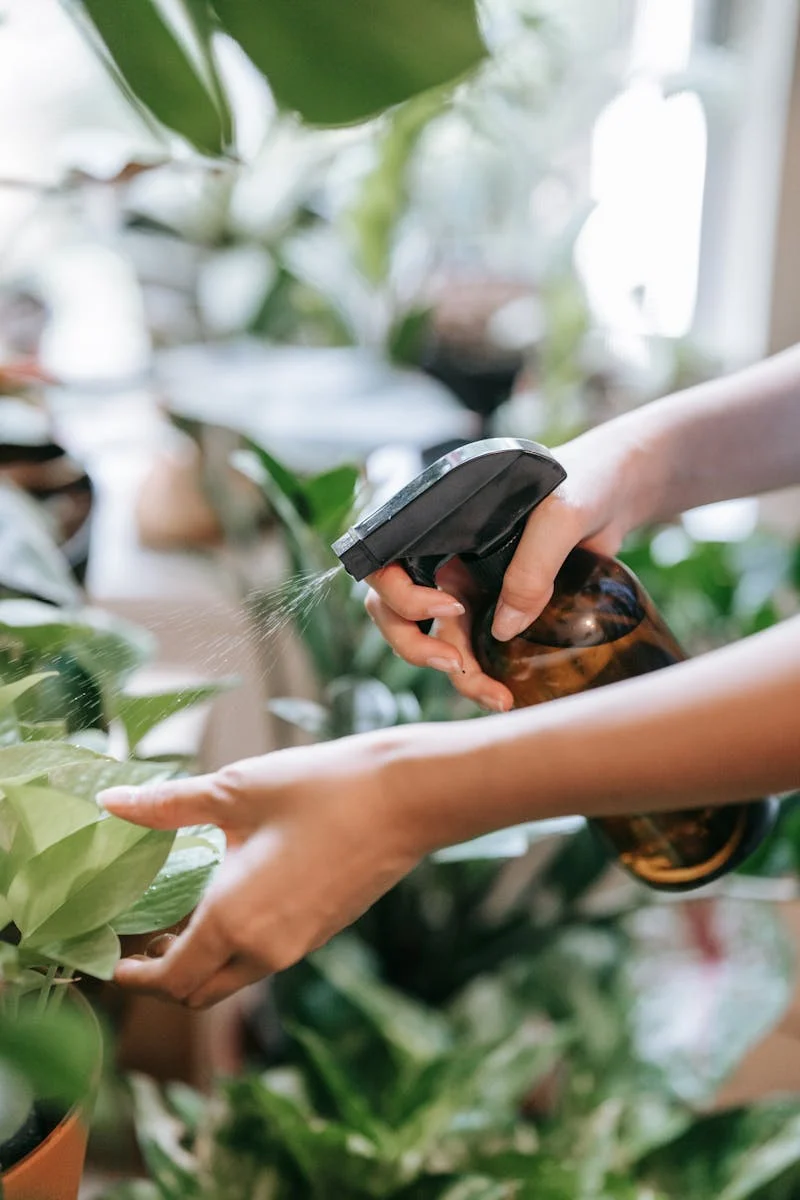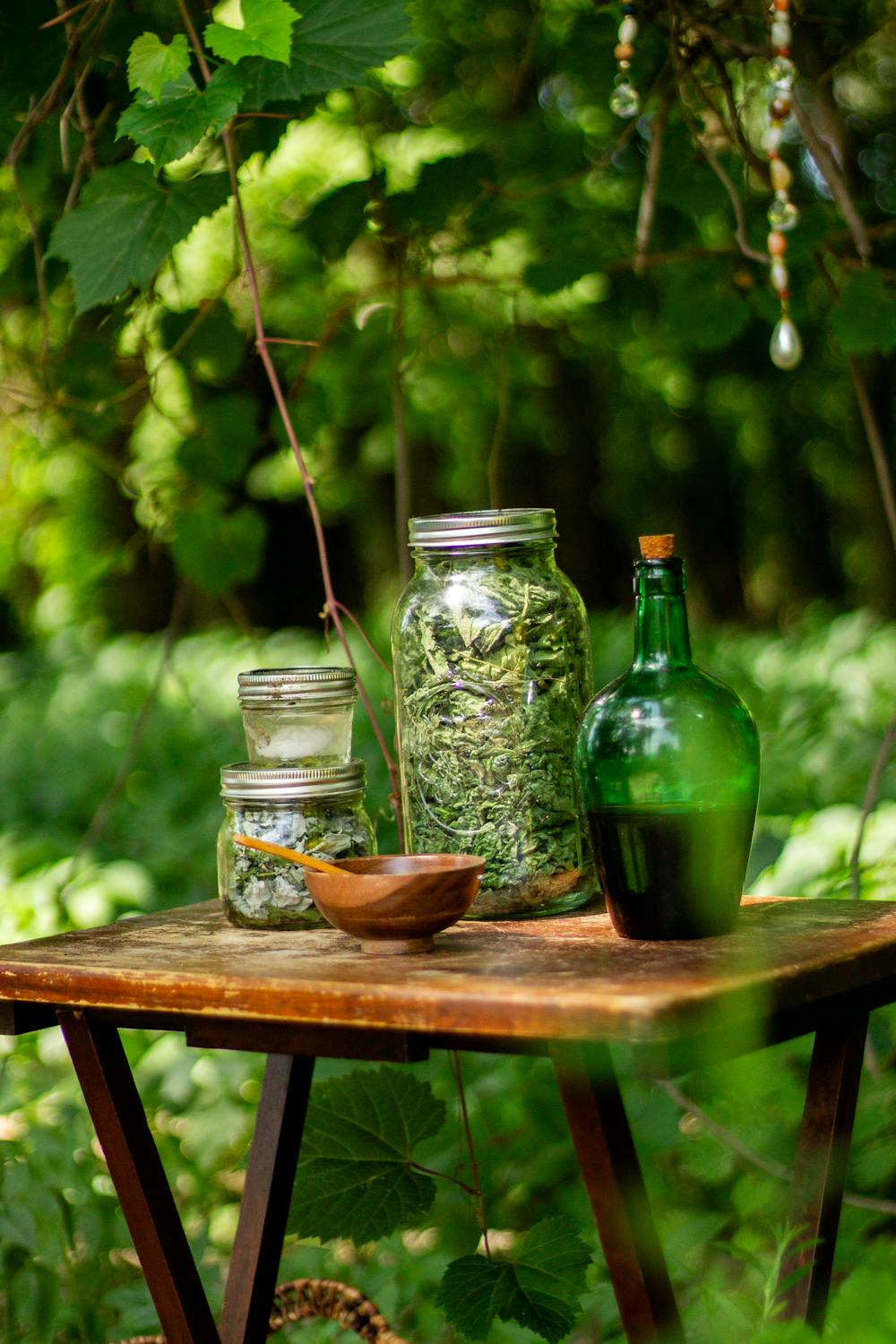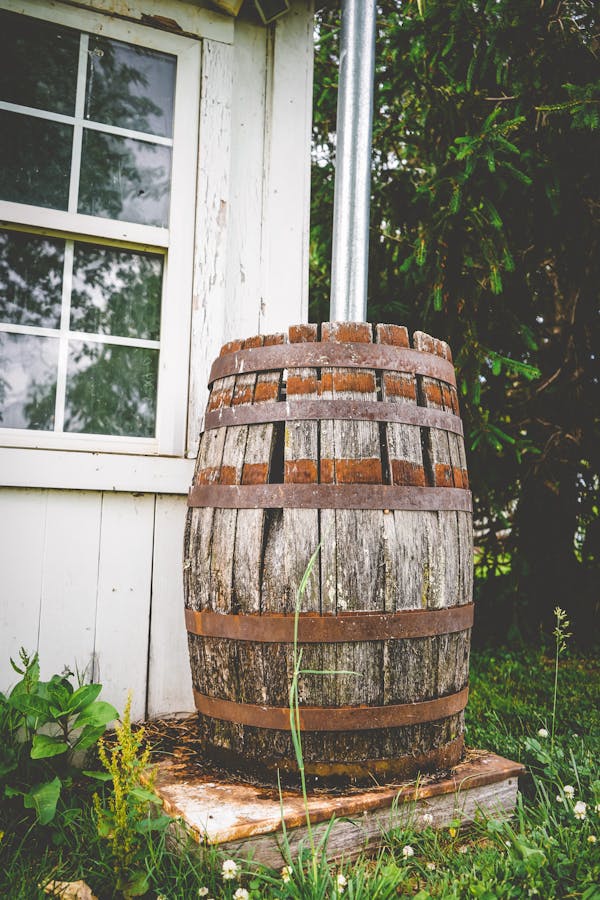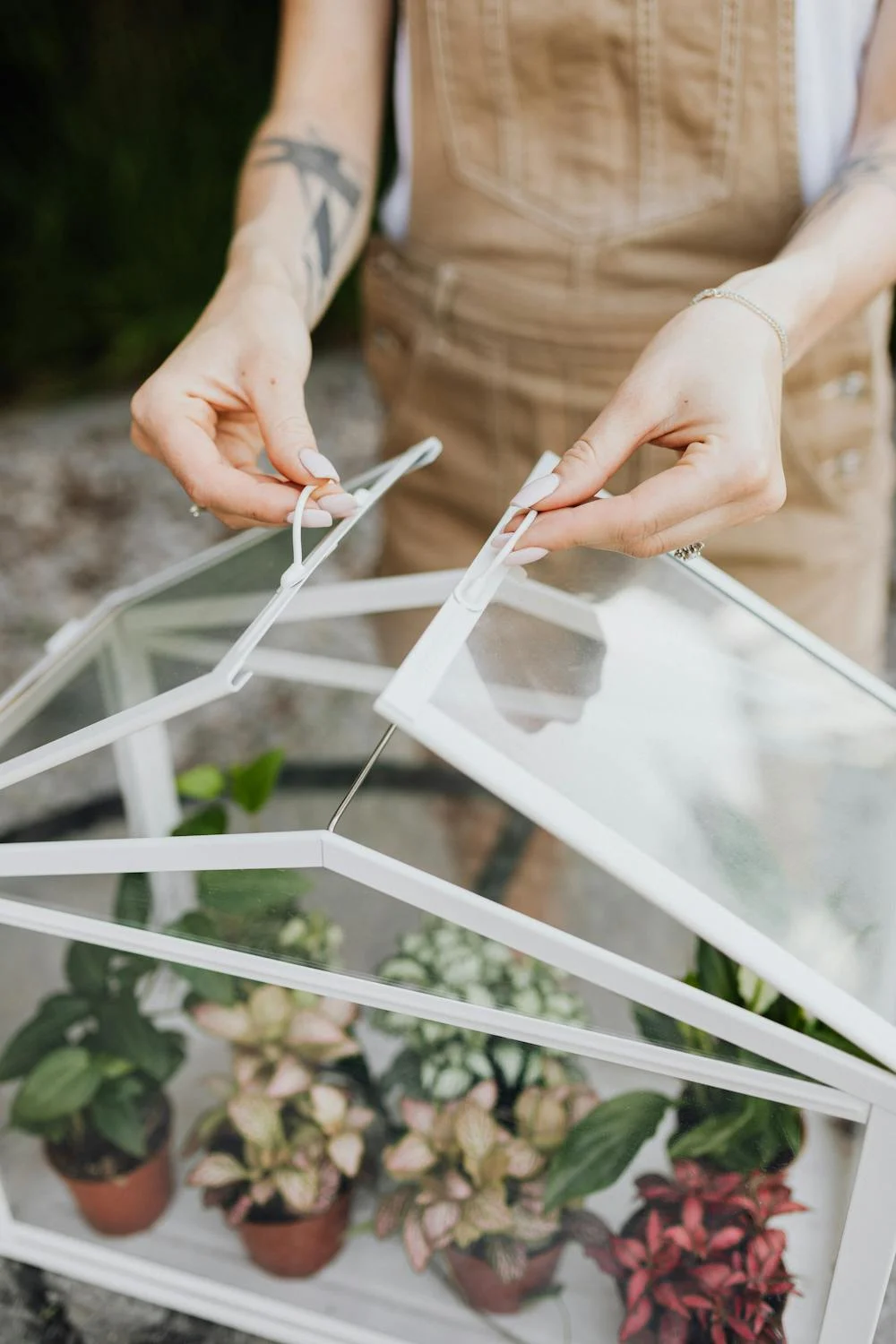Are you looking for an eco-friendly way to protect your garden from pests without using synthetic fertilizers or harmful pesticides? Neem oil spray is a natural, effective solution that has been used for centuries to safeguard plants from common threats like aphids, spider mites, and fungal infections. Derived from the neem tree, this organic remedy not only fights off pests but also promotes overall plant health.
In this guide, we’ll walk you through everything you need to know about making your own neem oil spray at home. You’ll learn about its benefits, the proper way to mix and apply it, and how to avoid common mistakes. Whether you’re growing vegetables, herbs, or flowers, this DIY approach will help keep your garden thriving while staying environmentally friendly. Let’s dive in!

1. Understanding Neem Oil for Plants
What Is Neem Oil?
Neem oil is extracted from the seeds of the neem tree and is widely known for its powerful natural pest-repelling properties. Unlike synthetic pesticides, neem oil does not kill pests instantly; instead, it disrupts their life cycle by affecting their feeding and reproduction. This makes it a long-term, sustainable solution for organic gardening.
How Neem Oil Works as a Natural Pesticide
Neem oil contains azadirachtin, a compound that acts as an insect growth regulator. It prevents larvae from maturing and reduces adult pests’ ability to feed and reproduce. This makes neem oil an excellent option for managing aphids, mealybugs, whiteflies, and other common garden pests.

Benefits of Using Neem Oil in Gardening
- Safe for the environment – Unlike chemical pesticides, neem oil does not harm beneficial insects like bees and ladybugs when used correctly.
- Fungal disease prevention – It helps combat powdery mildew, black spot, and root rot.
- Improves soil health – Unlike synthetic fertilizers, neem oil doesn’t disrupt soil fertility.
- Versatile application – Can be used on vegetables, herbs, flowers, and even houseplants.
2. Essential Ingredients and Tools for DIY Neem Oil Spray
Key Ingredients
To create an effective neem oil spray, you’ll need:
- Cold-pressed neem oil (most effective and retains all active compounds)
- Mild liquid soap (acts as an emulsifier to help mix oil and water)
- Water (to dilute the solution)
Choosing the Right Type of Neem Oil
Cold-pressed neem oil is the best choice for gardening since it contains high levels of azadirachtin. Processed neem oils may lack some of the pest-fighting properties, making them less effective.
Tools Needed
- A spray bottle or garden sprayer
- Measuring spoons
- A mixing container
3. Step-by-Step Guide to Making Neem Oil Spray
Proper Neem Oil to Water Ratio
To ensure your neem oil spray is effective without harming plants, use this simple ratio:

- 1 teaspoon of neem oil
- ½ teaspoon of liquid soap
- 1 quart (4 cups) of water
How to Mix and Prepare the Spray
- Pour water into a mixing container.
- Add the liquid soap and mix well.
- Slowly add neem oil while stirring continuously.
- Transfer the mixture to a spray bottle.
Best Practices for Storing Your Neem Oil Solution
Neem oil degrades quickly when exposed to air and sunlight. Always mix a fresh batch before each use, and store neem oil in a cool, dark place.
4. How to Use Neem Oil Spray Effectively
Best Time of Day to Apply Neem Oil
Apply neem oil spray either early in the morning or late in the evening to avoid leaf burn from direct sunlight.
How Often to Use Neem Spray for Pest Control
- For pest prevention, spray once every two weeks.
- For active infestations, spray once every 5-7 days until pests are eliminated.
Common Pests and Plant Issues Neem Oil Can Treat
- Insects – Aphids, spider mites, whiteflies, thrips, and mealybugs.
- Fungal diseases – Powdery mildew, black spot, rust, and root rot.
- Preventative care – Reduces the risk of pest infestations when used regularly.
5. Safety Tips and Precautions
Avoiding Overuse and Plant Burns
Neem oil is highly potent, and overuse can cause leaf damage. Always start with a diluted mixture and test on a small section of the plant before applying it entirely.
Handling Neem Oil Safely
While neem oil is natural, it should not be ingested or come into direct contact with the eyes. Wash your hands after handling and store it away from pets and children.
Neem Oil and Beneficial Insects: What to Watch Out For
Neem oil can be harmful to beneficial insects if applied directly to them. To protect pollinators, spray in the evening when bees and butterflies are less active.
A DIY neem oil spray is one of the best natural solutions for keeping your plants healthy and pest-free. By using this eco-friendly method, you can avoid synthetic fertilizers and harmful pesticides while maintaining a thriving garden. Whether you’re growing vegetables, herbs, or flowers, neem oil can be a game-changer in your gardening routine.
Now that you have the knowledge to make and use neem oil spray effectively, why not give it a try? Your garden will thank you! Happy gardening! 🌿😊




Leave a Reply